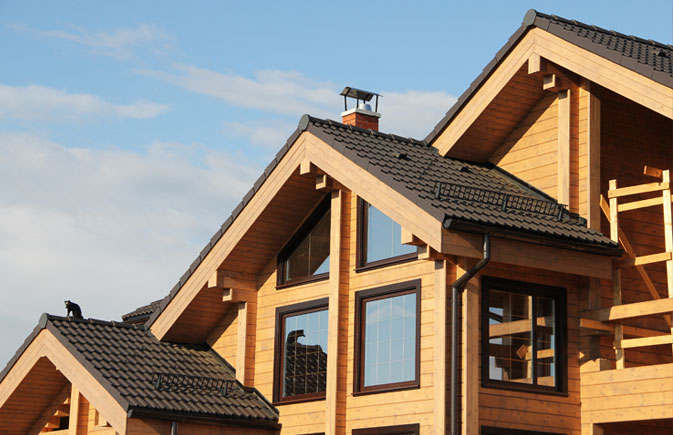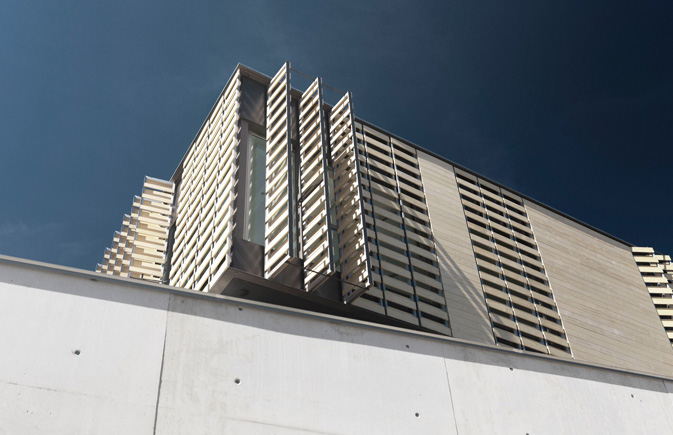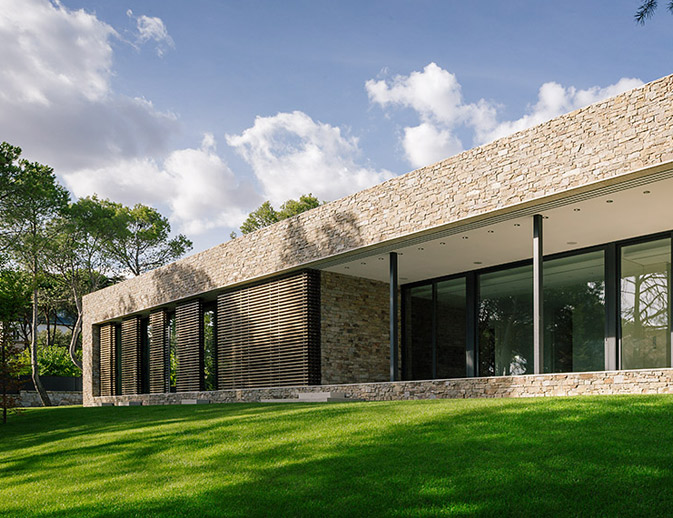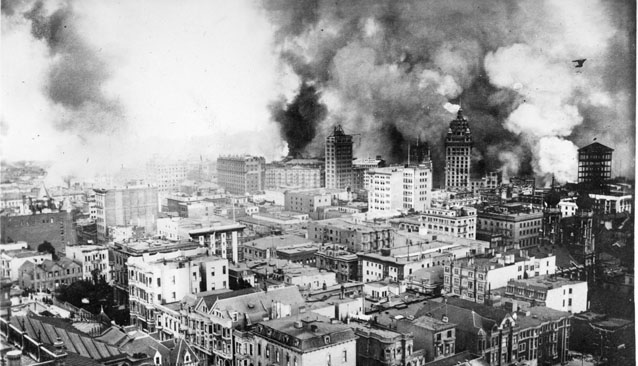Did you know that the great fire that destroyed San Francisco did not have anything to do with wood?
Most architects are aware that, despite being flammable, wood reacts very well against fire.
Sustainable architecture is converting wood, an ancient material, into the innovative building material of the future. Its known virtues of warmth, beauty and elegance are complemented with the growing values of ecology and sustainability.
In the matter that concerns us today, there are many studies that demonstrate how well wood responds against fire. And despite the fact that wood is fuel (and the poor reputation this has given it in the popular imagination), it is true that no material can resist fire.
What we do know, first of all, is that fires occur for external reasons, not because of the characteristics of the material used. Secondly, the statistics are clear that the real hazard is inside the building, which is what burns first (furniture, decoration, clothing, etc.).
The effects on the structure come later. And yes, that is where, under the spotlight, the excellent role of timber components used in construction in contact with fire can be seen.

Wooden house
The only building material that protects itself against fire
The fire resistance of a construction component is calculated by measuring the time during it is able to continue fulfilling its function in a fire. The three main values are resistance, seal and insulation.
In this regard it can be stated that wood, thanks to its natural properties, is the only building material that protects itself against fire.
As it is a natural thermal insulator, wood has a low thermal conductivity, which means its temperature decreases gradually toward the centre. At the same time, it is able to slow combustion because the carbonisation of its surface impedes both the penetration of heat and the release of gases.
Finally, as wood is very unlikely to dilate with heat, in a fire the timber components do not subject structures or walls to great pressures

Oak House School | Arch: Trasbordo arquitectura y gerencia de construcción S.L. | Product: Ventilated façade – Accoya® tongue and groove units
Technology to further improve this resistance
If there are no flames, wood needs a surface temperature of more than 400ºC to start to burn in the short or medium term. With fire, the surface would still need to reach almost 300ºC for a time before it starts to combust.
In support of these natural conditions, technology in the manufacture of wood products is always progressing in matters such as sustainability and efficiency, so there are currently a number of manufacture techniques that improve wood’s resistance against fire (sacrificial sections, retardant products, etc.).
New safe and sustainable architecture solutions in wood
Every day, architects are seeking new design and construction inspiration that will enrich their projects from a creative, functional and sustainable point of view. The possibilities of quality certified wood and, in this specific case, the virtues of wood products with regard to fire, enable this natural, ecological material to be an exceptional protagonist once more in significant architecture projects all over the world.
Proposals such as wooden curtain walling, the ideal solution for embellishing and bringing sustainability to the interior of lightweight façades, are possible thanks to products such as VIGAM, the only oak glulam beam in the world with the CE marking for structural use, manufactured and distributed exclusively by GRUPO GÁMIZ.
Another way to add style, efficiency and safety in exterior cladding is to opt for ACCOYA® acetylated wood, providing beauty, elegance and, above all, durability. This all-terrain material for exteriors is sustainable and natural, and comes with a written 50-year guarantee.

Residence in Rosario Manzaneque | Arch: By More Arquitectos | Product: Cladding of the exterior façade – Accoya® horizontal scantlings
Wood is making headway in the XXI century and restoring its place in the world
That place is the architect’s drawing board and, consequently, constructions of all types. There, thanks to its quality, wood shines once more as a decorative or structural component. A prestige it lost for some time due to unwarranted myths regarding fire.

San Francisco Fires, 1906 | Photo courtesy of Defensacentral
Because in fact the famous fire that destroyed San Francisco in 1906 was not caused by the flammability of the wooden buildings. In reality it was not just one single fire, it was hundreds, which were triggered by various gas explosions caused by the earthquake. The fire passed between the buildings (wooden or not) that burned without remission.
And as if this was not enough, many other fires were caused by the owners, who had insured their buildings against fire, but not against earthquake

